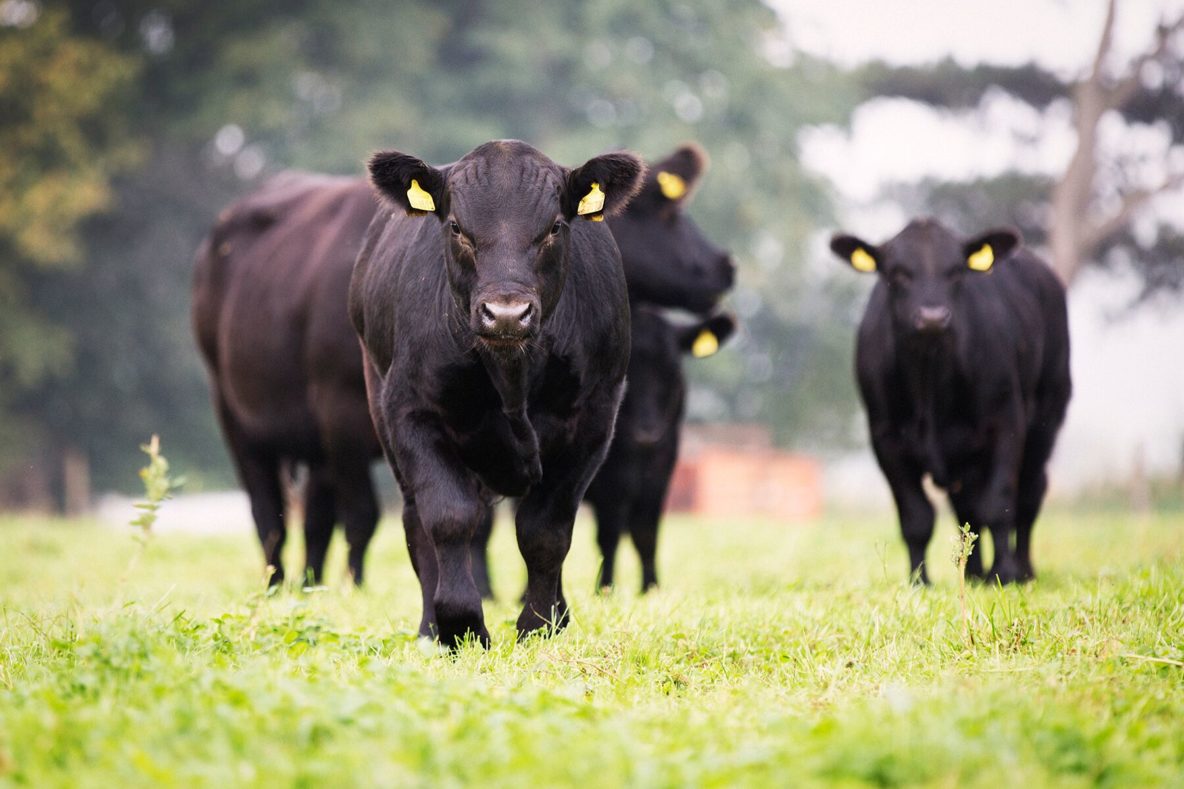DNA tissue sampling has become a regular occurrence in pedigree herds of beef cattle and is important for a variety of reasons. Tissue samples should be sent to: DNA SAMPLES, ‘Pedigree House’, 6 King’s Place, Perth, PH2 8AD for analysis and there are some samples that fail the analysis process. There are several reasons for failure which can broadly be grouped into two categories – sample integrity and verification failure. Failures of any kind considerably lengthen the process, time and hassle to get to the result.
The DNA sampling of cattle has added to the workload of the Registration and Admin staff in the Aberdeen-Angus Cattle Society office. The importance of this work is fully recognised and while every effort is being made to keep on top of the workload, we have taken this opportunity to highlight some best practice when dealing with DNA tissue samples.
- Type of medium in the vial
Recent thinking suggests that there may be some benefit to sourcing tissue sampling kits that use a wet medium in the TS vial. Caisley have recently issued a statement regarding their move to wet medium which can be found here.
- Optimum sampling procedure
Several TS manufacturers have provided guidance on their own product and applicators, which can be found on the links below:
It is extremely important to ensure that the applicator/pliers are in good working order and that the punch is not bent etc. It is recommended to have a spare (new) set of pliers/applicator.
- Optimum Storage conditions
Tissue sample vials should be stored in a dry, cool and dark place ahead of sampling and it is recommended that long term storage is avoided. Once samples have been taken it has been recommended that samples should be stored in a refrigerator and transferred to the office within one calendar month, and more frequently if possible. Transfer should be by next day delivery.
- Have extra blank vials on hand
On-farm sampling conditions mean that there is likely to be some vials that don’t sample properly, even with the best conditions. Blank (spare) vials are available and it is recommended that a small supply of these are on hand for such circumstances.

